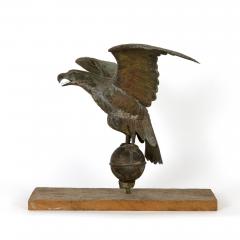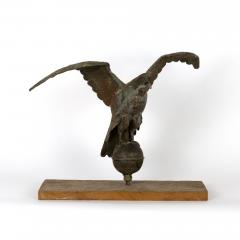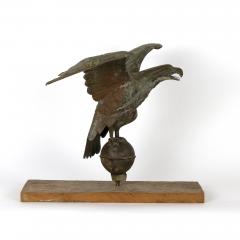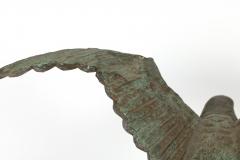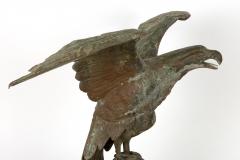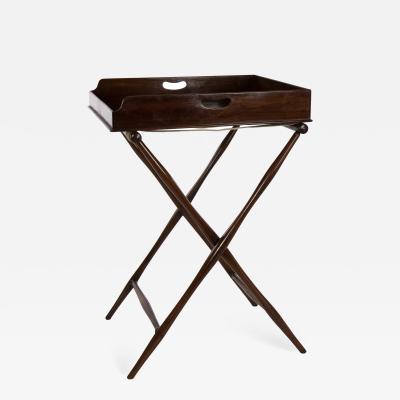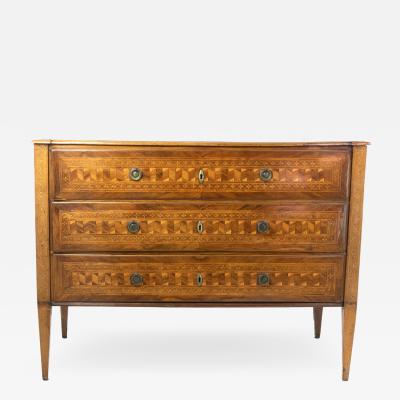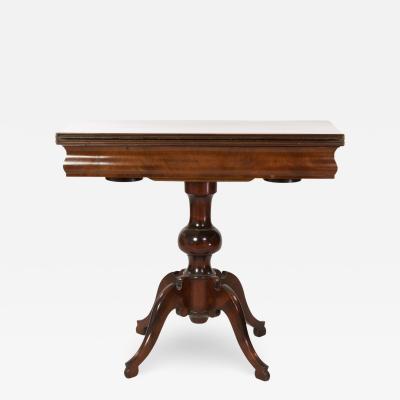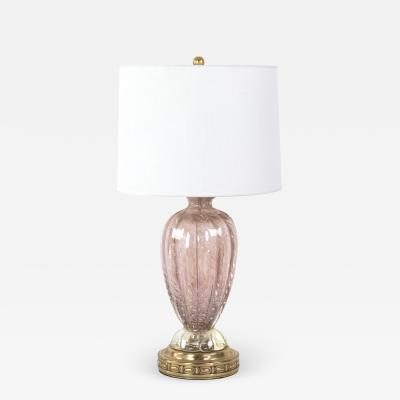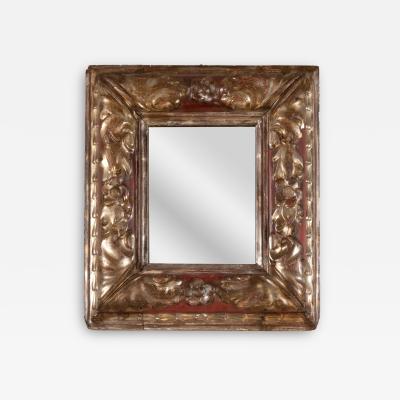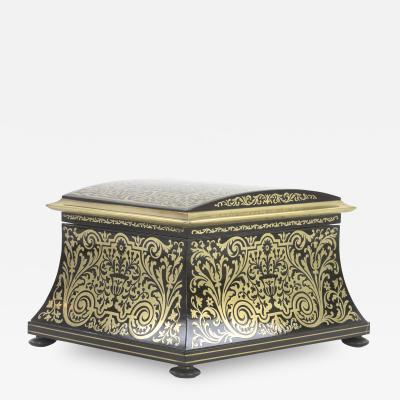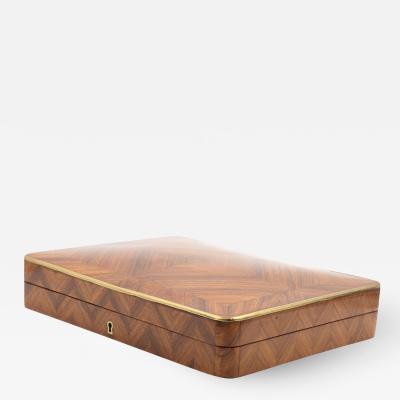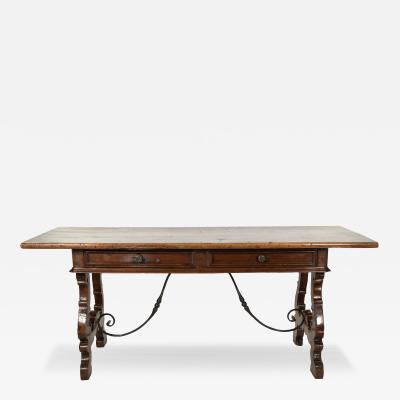Copper Pilot House Eagle Weather Vane On Later Mount American, Circa 1885
-
Description
19th Century Copper Pilot House Eagle Weather Vane On Later Mount American Circa 1885 1
height: 18 in. 46 cm.,
width: 26 in. 66 cm.,
depth: 15 in. 38 cm.
The word “vane” actually comes from the Anglo-Saxon word “fane”, meaning “flag”. Originally, fabric pennants would show the archers the direction of the wind. Later, the cloth flags were replaced by metal ones, decorated with the insignia or coat of arms of the lord or nobleman, and balanced to turn in the wind. From these antecedents come the banners which the early American colonists favoured for their meeting halls and public buildings.
America’s first documented weathervane maker, Deacon Shem Drowne, created the famous grasshopper vane atop Boston’s Faneuil Hall (1742), as well as the banner for Boston’s Old North Church (1740), the rooster now on First Church in Cambridge (Orig. 1721), and the large copper Indian for Boston’s Province House (1716). Thomas Jefferson attached the weather vane on Monticello to a pointer in the ceiling of the room directly below, so he could read the direction of the wind from inside his home. And George Washington commemorated the end of the Revolutionary War by commissioning a “Dove of Peace” weather vane from Joseph Rakestraw in 1787, for his estate at Mount Vernon.
In the early 1800s, Americans favoured weather vanes in patriotic designs, including the Goddess of Liberty, and of course, the Federal Eagle By the middle of the century, vanes of famous racing horses like “Black Hawk,” “Smuggler,” and ” George M. Patchen were being modelled after the popular Currier and Ives prints. In the 19th century, there were many weathervane manufacturers mass-producing vanes in dozens of designs. Some of the more famous makers were L. W. Cushing, J. W. Fiske, Harris & Co., A. L. Jewell & Co., and E. G. Washburne & Co.
Source: A Brief History of Weather Vanes -
More Information
In the Style of: Harris & Co. Origin: United States Period: 19th Century Materials: weathered copper Condition: Good. Wear consistent with age and use; Creation Date: Circa 1885 Styles / Movements: Traditional Patterns: Animal/Insects, Traditional Article References: Source: A Brief History of Weather Vanes http://denninger.com/history.htm Dealer Reference #: JG-329 Incollect Reference #: 493242 -
Dimensions
W. 26 in; H. 18 in; D. 15 in; W. 66.04 cm; H. 45.72 cm; D. 38.1 cm;
Sold

















